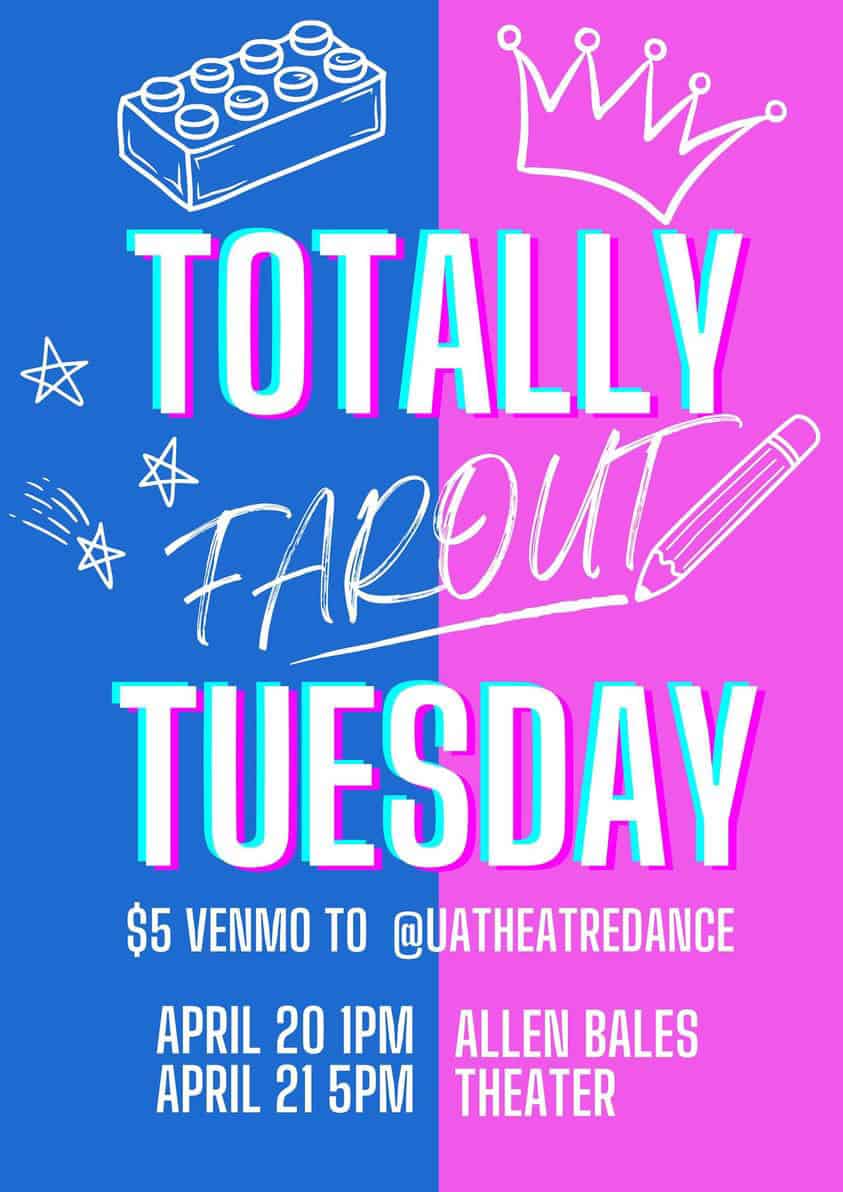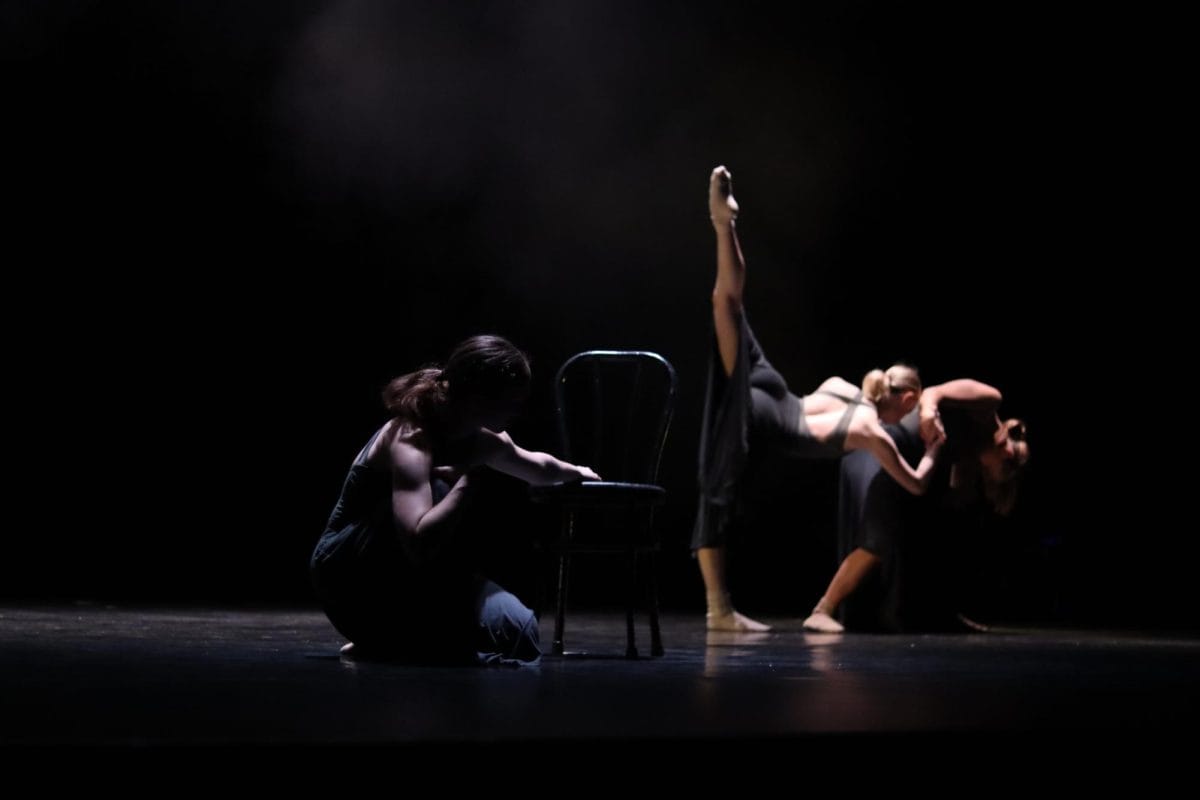Some find freedom on a motorcycle, where the wind crashes into them, the world is seen without obstruction and their body is charged with adrenaline from the motor’s vibrations.
Motorcyclists can be passionate riders willing to sit in any weather condition or riders that prefer short trips, but both types of bikers say they ride for the exhilaration. PhD student Benjamin Woodruff, who rides a Harley Dyna Wide Glide, said that many riders view cars as cages. A motorcycle breaks barriers between the rider and the world so, as Woodruff said, “you can truly experience the ride.”
“It’s like riding a roller coaster to class every day,” John Norman, a sophomore who commutes on his Kawasaki Zx10r, said.
The University of Alabama tries to accommodate motorcyclists on-campus, taking suggestions from riders and incorporating that feedback into their approach. The goal is to make the campus a motorcyclist-friendly environment.
The University provides 137 white rectangles painted across campus for motorcycle parking. Fifty-four permits were issued this year, 14 of which were issued to faculty. Many still call for more parking around main buildings because the good spots fill up. Due to cheaper prices of gas, parking permits and insurance, there may be an upcoming increase in bikers on campus.
“I think there should be more parking for motorcycles because sometimes when I go to different places around campus it’s hard to find parking,” Congleton said.
Riders like Woodruff understand the dangers involved in riding a motorcycle. People driving cars sometimes do not see motorcycles well and motorcyclists have a greater risk of injury if hit. However, Woodruff argues that riding is not as dangerous as perceived because of misconceptions about how people ride motorcycles. He believes if there were as many motorcycle accidents as people expected, the insurance would not be so cheap. Bikers must be aware of their surroundings at all times. Such potential danger creates a deeper responsibility in their driving, he said.
This danger adds a thrill to riding, but also a brotherhood. Every time bikers pass each other, they wave, according to Sky Congleton, a junior who rides a Kawasaki eliminator 125. Congleton said this motorcycle wave means, “Hey, I’m lookin’ out for you.”
Like any culture, there are differences in people; for bikers, it is a matter of Harleys versus sport bikes. Riders like Norman and Congleton feel a sport bike offers speed and a thrill as they prefer to drive on back roads. Woodruff and his fellow PhD student, Binay Adhikari, who rides a Harley Sportster, see Harleys as a more comfortable ride that is better suited to cruising on highways.
“Harley guys are always connected,” Woodruff said of his bike of choice.
The variety of motorcyclists creates different clubs and social opportunities. Groups like bamarides.com and UA Sport Bikes are geared toward finding a group to go riding with. Norman said that he wants to start a club on campus that would unite bikers, raise awareness of motorcycle safety, incorporate social responsibility through volunteering as a group and encourage new riders.
“The purpose of it is volunteerism and raising awareness for social responsibility and try to raise awareness of riding,” Norman said about the club. “I tried to find a rational reason why I should get a motorcycle, but honestly, besides fuel economy, there isn’t one. It’s purely choice. There’s no real logical reason, it’s strictly you wanting to do it.”
Woodruff borrowed a quote from Disney-Pixar’s “Cars” to define the true essence of motorcycle culture: “Cars didn’t drive on [the road] to make good time. They drove on it to have a good time.”






